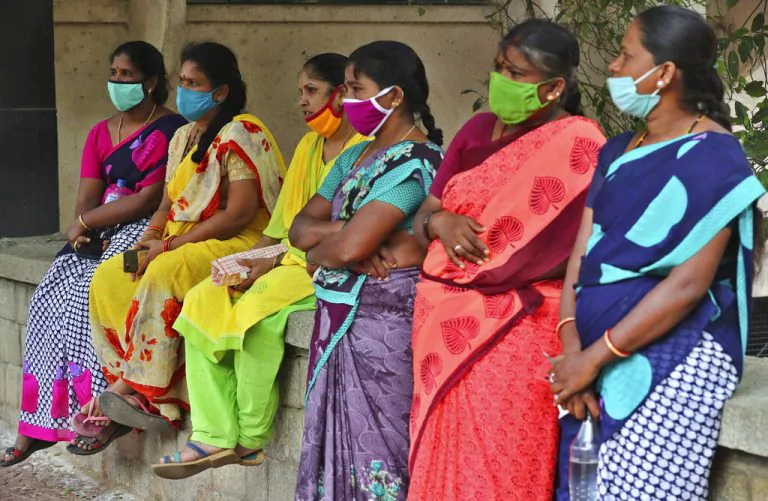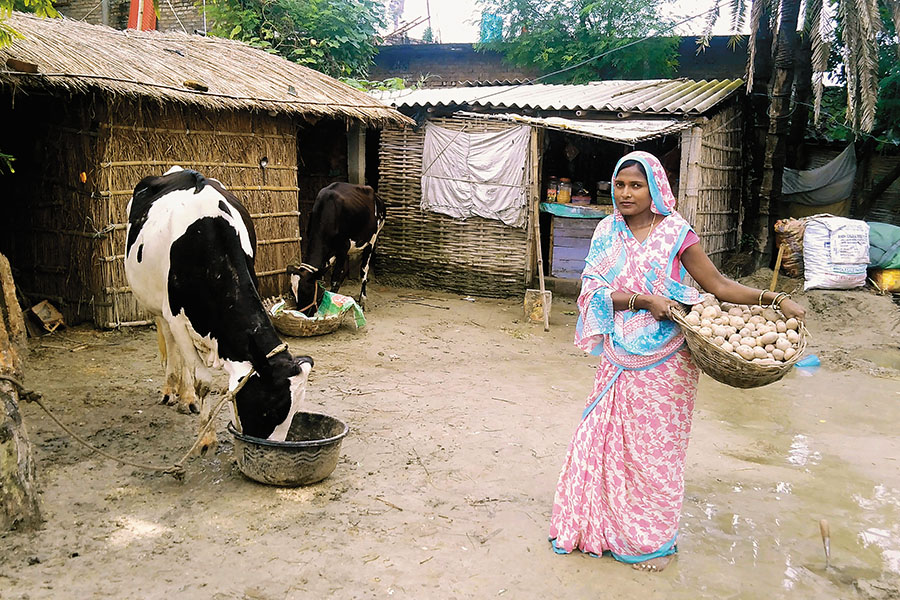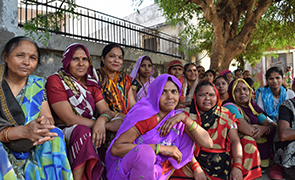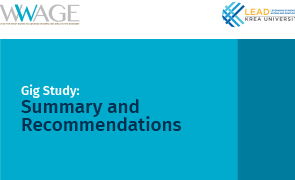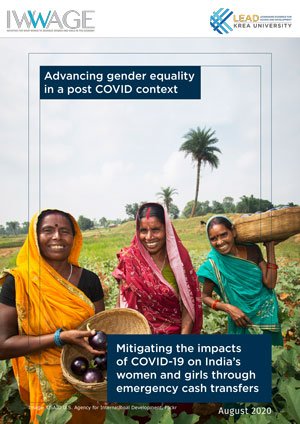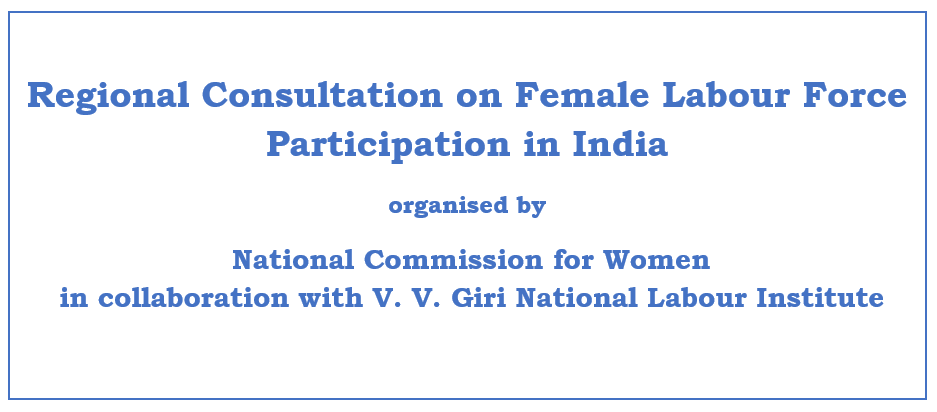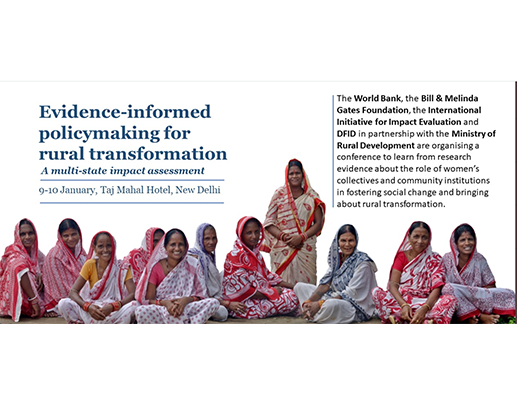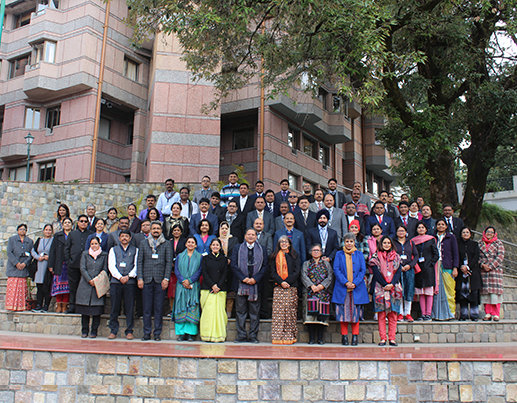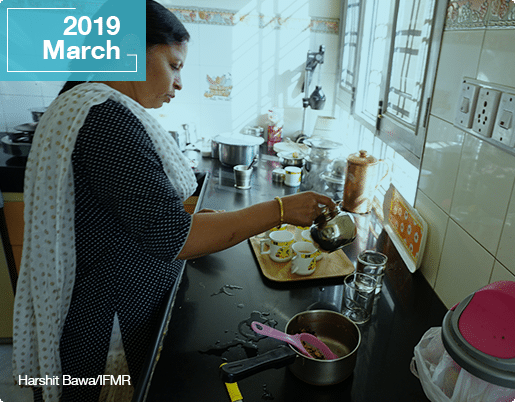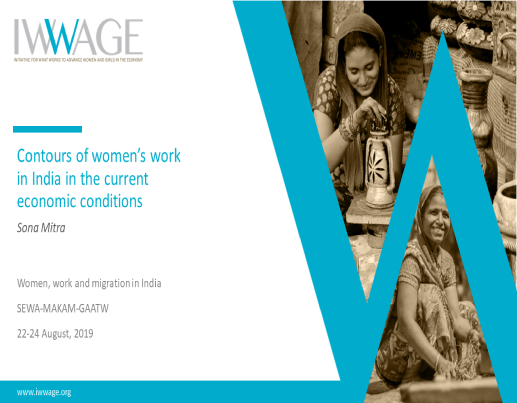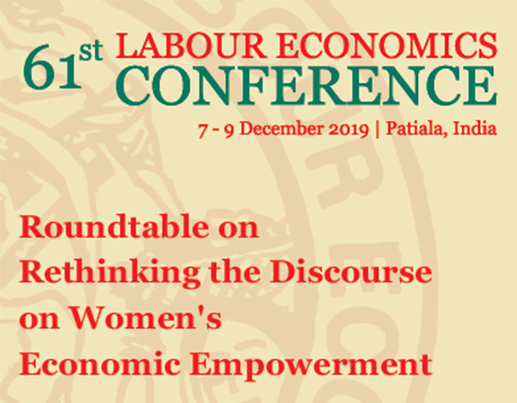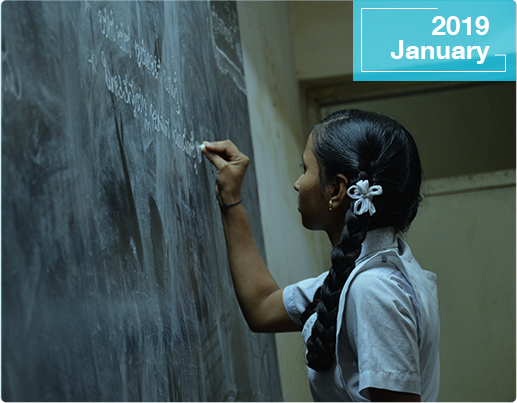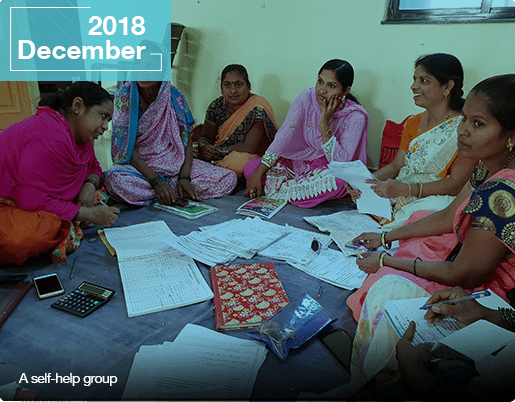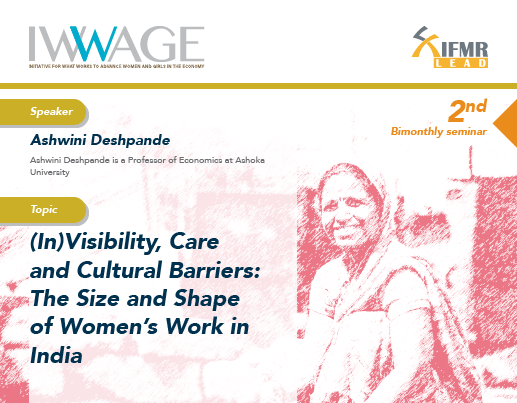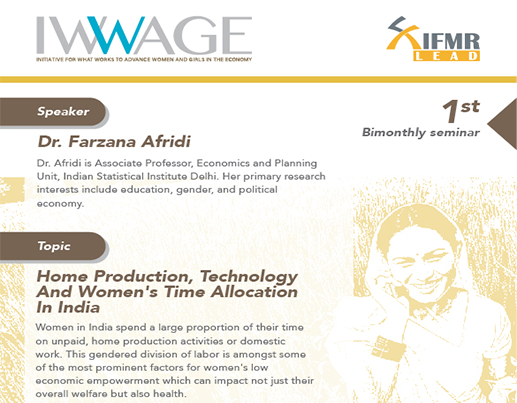IWWAGE-Institute for What Works to Advance Gender Equality
The Future of Work for Women Workers
World over, the technology-driven gig economy has been expanding rapidly over the past decade, in which digital platforms connect ‘workers’ with ‘requesters’ to facilitate on demand work. While the gig economy has also become a buzzword in India, particularly in the last couple of years, and is attracting millennials by offering alternative employment opportunities. However, literature is scanty when it comes to measuring its impacts on the gendered experiences of gig work or on gig workers.
This report aims to provide a comprehensive analytical overview of women’s engagement in platform work, and presents findings from an in-depth study of women’s work in one of India’s leading platform companies. It aims to understand the emerging forms of labour practices and the impact of platform engagement on workers’ experiences, challenges, and impact on women’s empowerment and agency. The findings are based on interviews with workers, platform managers, and other key informants, and comprehensive literature review. The study presents an in-depth and specialised analysis of the gig economy to explain some of the unique features of the labour practices and consequences of such practices on the overall labour relations. The study also makes specific recommendations and argue that policy makers and platforms have a key role in ensuring access to decent work and social protection for these workers.
Emergency Cash Transfers
The COVID-19 pandemic has intensified socio-economic challenges across India, with women and girls disproportionately affected. Job losses, food insecurity, wage cuts, and financial instability have all hit vulnerable groups the hardest, exacerbating existing gender inequalities. Women, particularly those in informal sectors such as domestic work and construction, have seen their livelihoods decimated, while the rise in unpaid care work has further burdened them within households.
Evidence from past crises shows that women are more vulnerable to job losses, food insecurity, and violence, all of which have worsened during the pandemic. Additionally, women face exclusion from relief packages and farm support schemes, leaving them without crucial safety nets.
In light of this, there is a growing call for emergency cash transfers to support the most vulnerable, particularly women and girls. Such transfers, tied to the duration of the pandemic, can help mitigate financial uncertainties, reduce poverty, and promote food security. When complemented by investments in public infrastructure and basic services, an emergency basic income can provide much-needed relief and pave the way for a more inclusive recovery.
Food Security and Wage Employment
The COVID-19 pandemic has disproportionately impacted women and girls in India, exacerbating pre-existing vulnerabilities. Within households, women now face added responsibilities, including unpaid care work for children, the elderly, and sick family members. Outside the home, shrinking employment opportunities and reduced bargaining power have led to a loss of independence and agency for many women, threatening years of progress made through gender-responsive policies.
Women, particularly those in informal sectors, have been hit hardest by job losses and wage reductions. With 90% of the female workforce in informal employment, the economic fallout from the pandemic has severely affected their livelihoods. The crisis has also increased the risk of food insecurity, as women and girls often bear the brunt of inadequate nutrition in households. Additionally, women frontline workers face heightened health risks.
To mitigate these challenges, gender-responsive interventions are crucial. Expanding opportunities for women’s wage employment, improving access to decent work, and enhancing social security benefits are essential to addressing the long-term impacts of the pandemic and ensuring a more equitable recovery.
Gig Study: Summary and Recommendations
India’s rapidly expanding gig and platform economy-fueled by the rise of over 300 digital platforms in the past five years-is reshaping the nature of work. While this shift presents new opportunities, especially for women who face barriers to traditional employment, it also brings with it a unique set of challenges.
With one of the lowest female labour force participation rates in South Asia, digital labour platforms offer potential pathways for women to engage in flexible work and access income-generating opportunities. However, the sector remains largely informal, with gig workers-particularly women-grappling with issues around job security, income stability, safety, and lack of social protection.
This area of work explores both the promise and pitfalls of the gig economy, and the need for policies that ensure fair, inclusive, and secure work for women in the digital age.
Impact Of Covid-19 On Working Women
The COVID-19 pandemic has not only deepened economic uncertainty in India but also intensified the challenges faced by working women across urban and rural areas. Even before the crisis, concerns around women’s workforce participation, pay parity, and career progression were prominent. The pandemic has further exposed vulnerabilities-especially in sectors where women are overrepresented and increasingly seen as dispensable. Now, urgent questions arise: Will the situation worsen for working women? How has the pandemic affected women in both urban and rural areas? Which sectors have made women dispensable? How can we ensure women are not further marginalised during these unprecedented times?
This analysis explores the gendered impact of the pandemic on employment, examines key data trends, and raises critical questions about ensuring women are not further marginalised. It also outlines measures to foster recovery and resilience, with a focus on sustaining women’s livelihoods and advancing gender equality in the post-pandemic economy.
Gig Study: Summary and Recommendations
The rise of India’s gig economy, driven by the proliferation of over 300 digital platforms in the last five years, is transforming the concept of work. With one of the lowest female labour force participation rates in South Asia (24.5%), digital labour platforms offer a potential solution, providing flexible work opportunities for women. However, gig workers face challenges such as income instability, lack of social protection, and safety concerns. This factsheet explores the opportunities and challenges of India’s growing gig economy, particularly its potential to increase women’s participation in the workforce.


